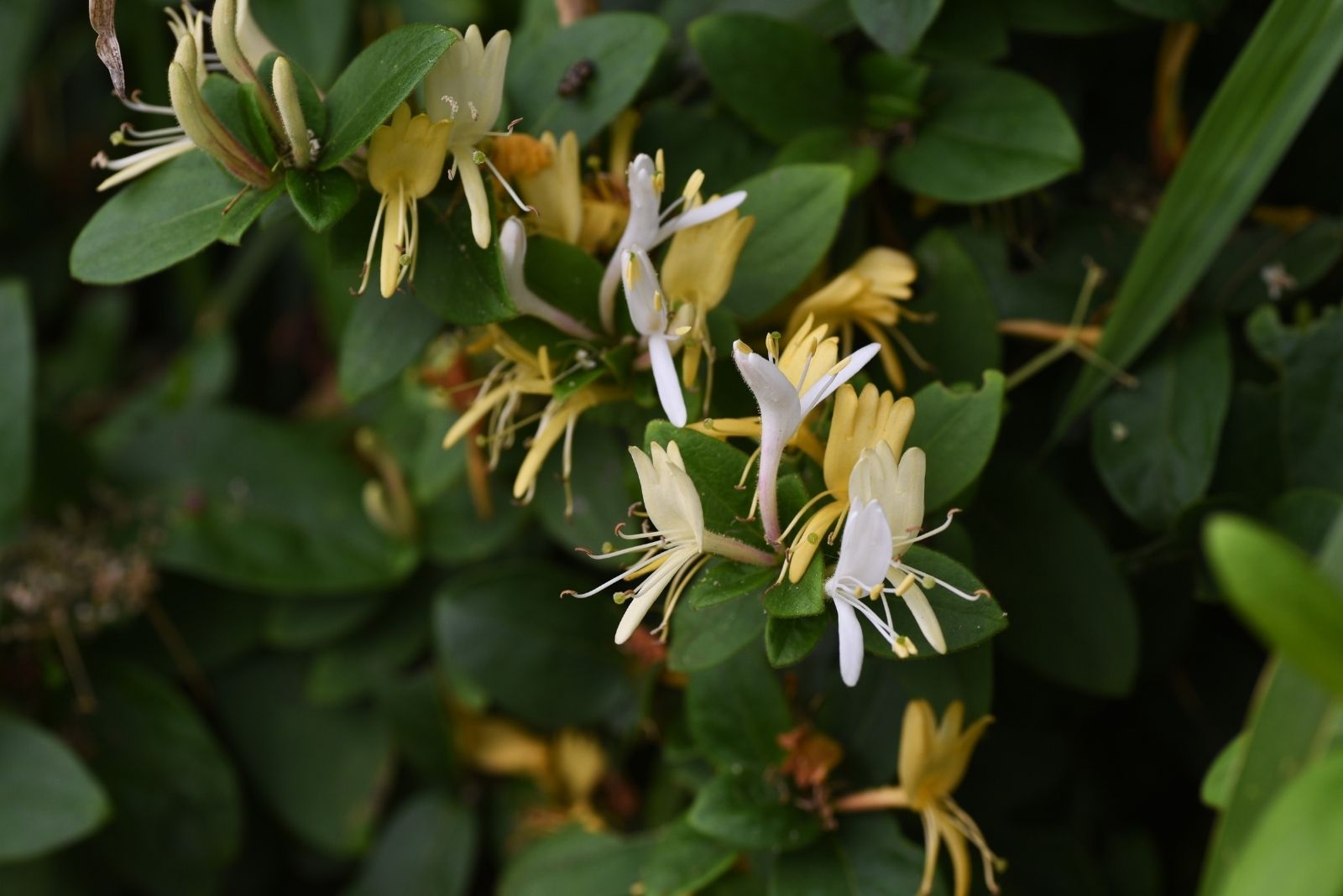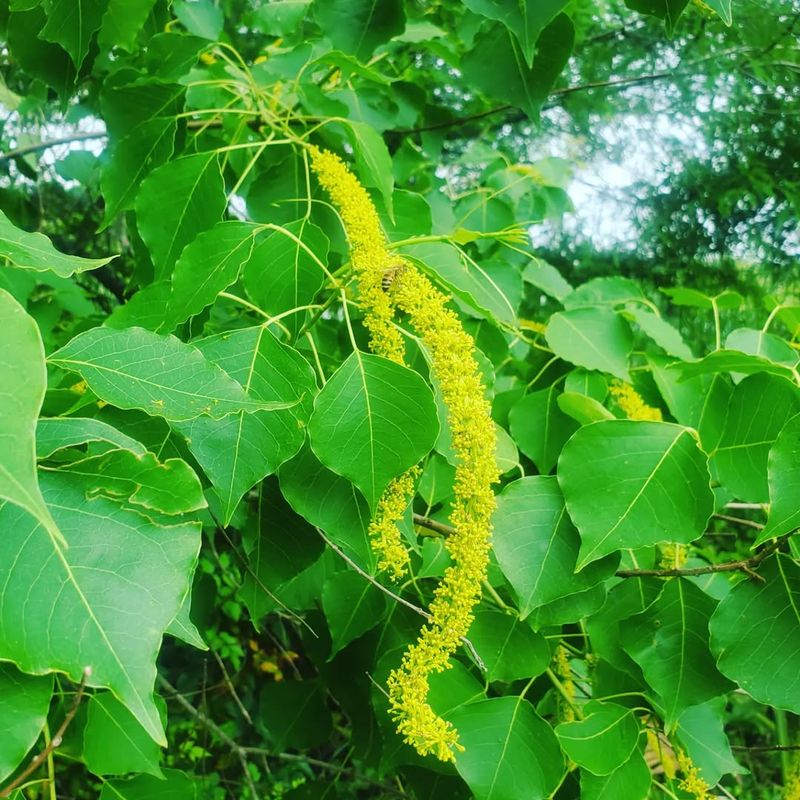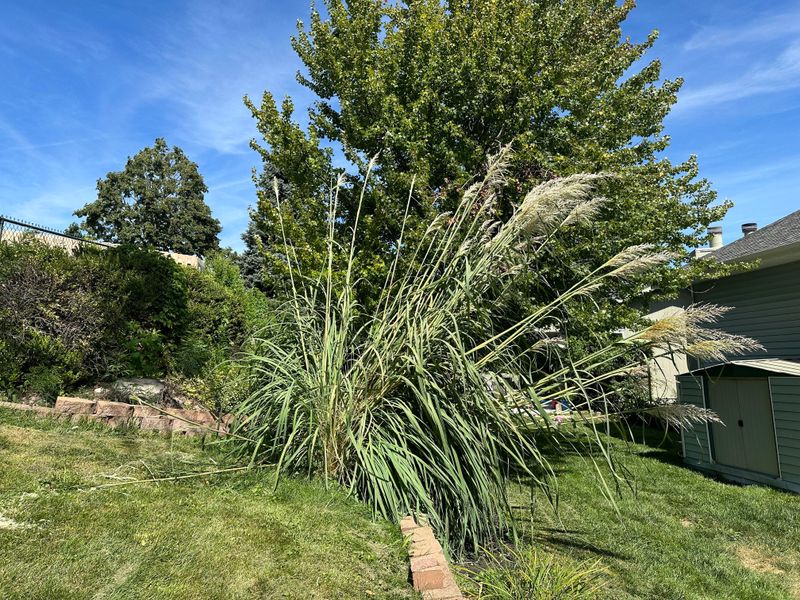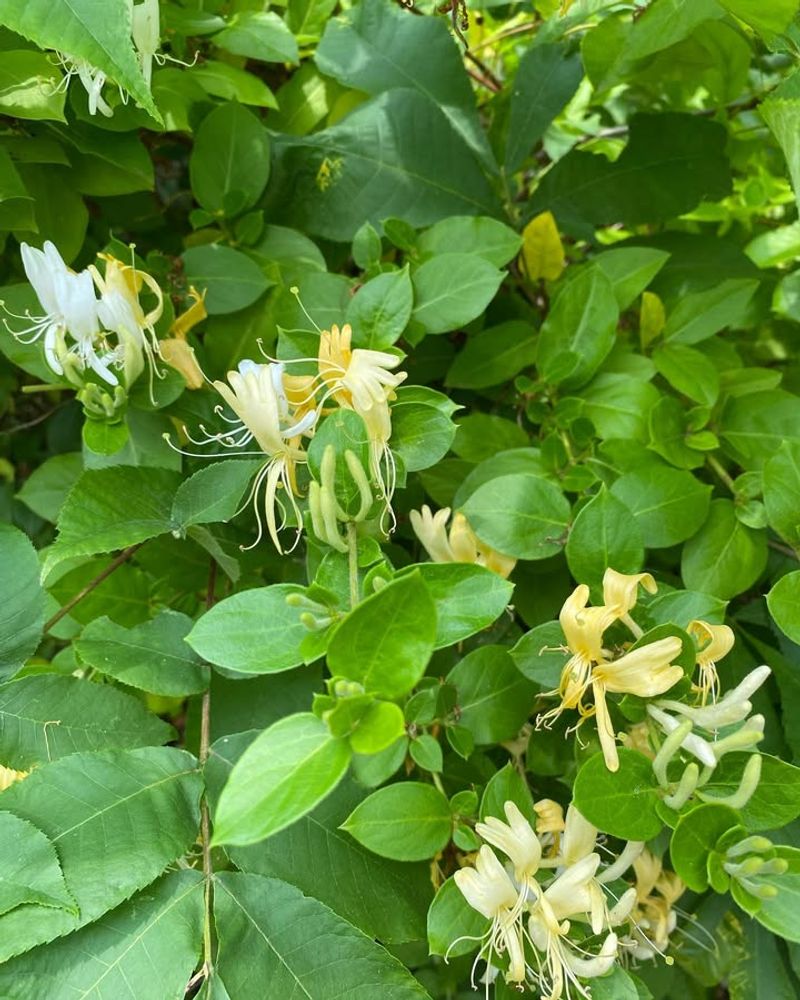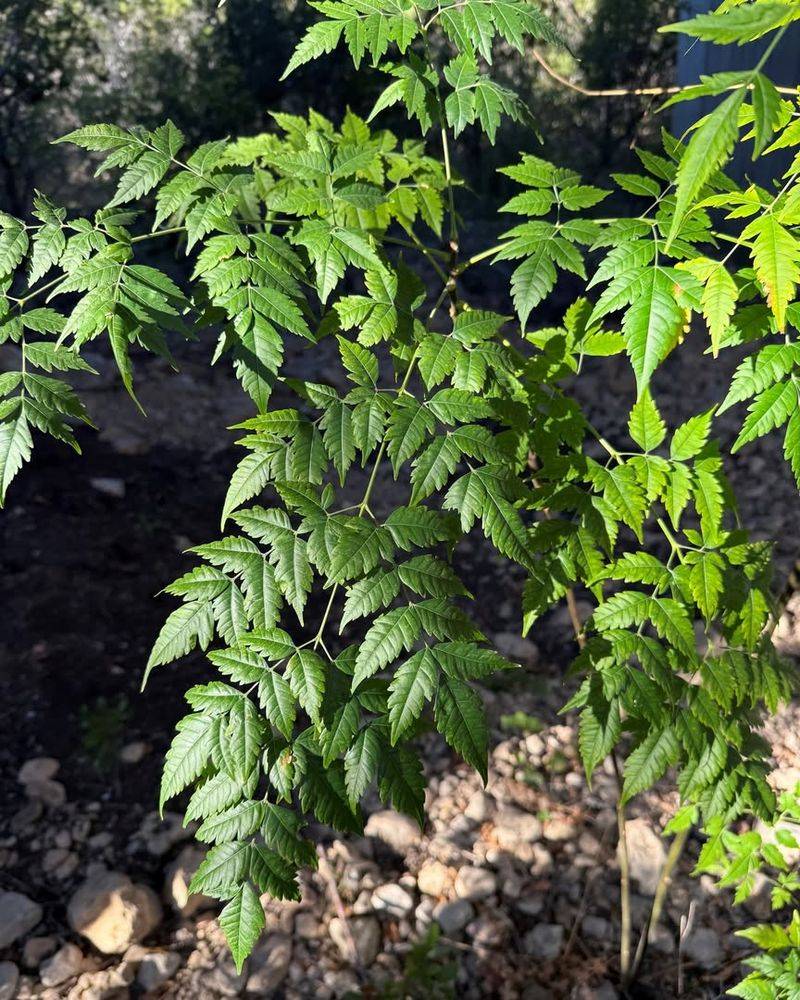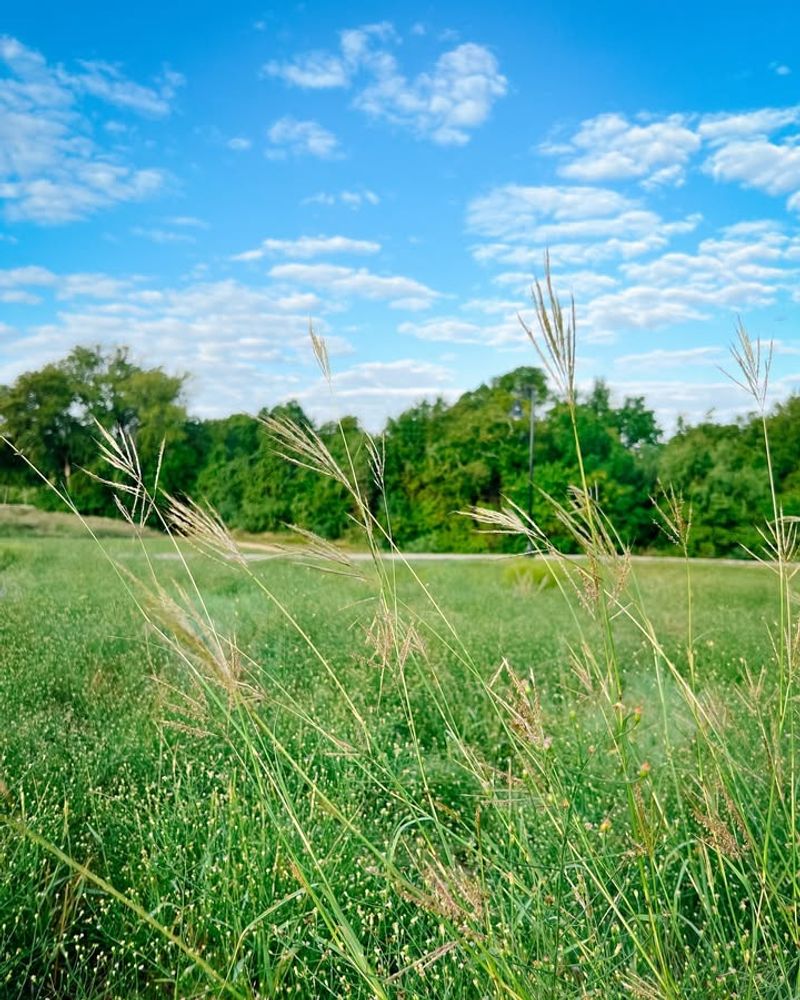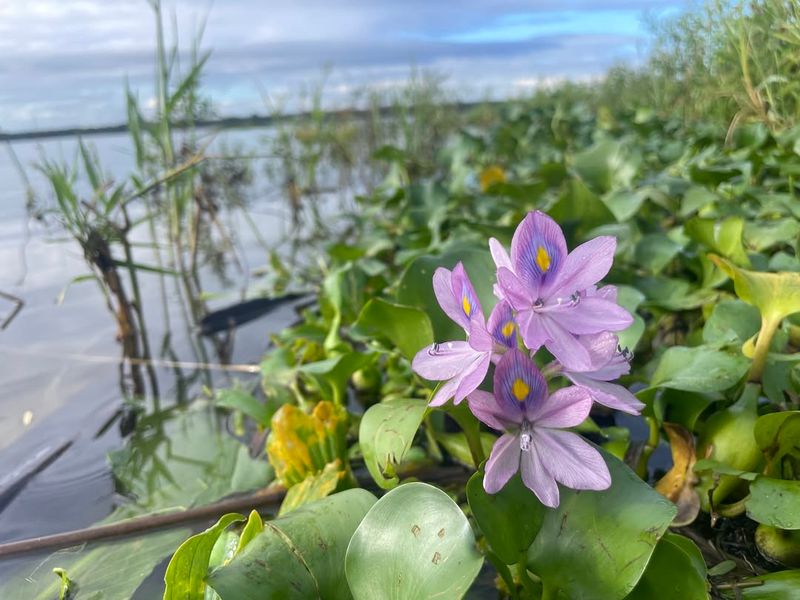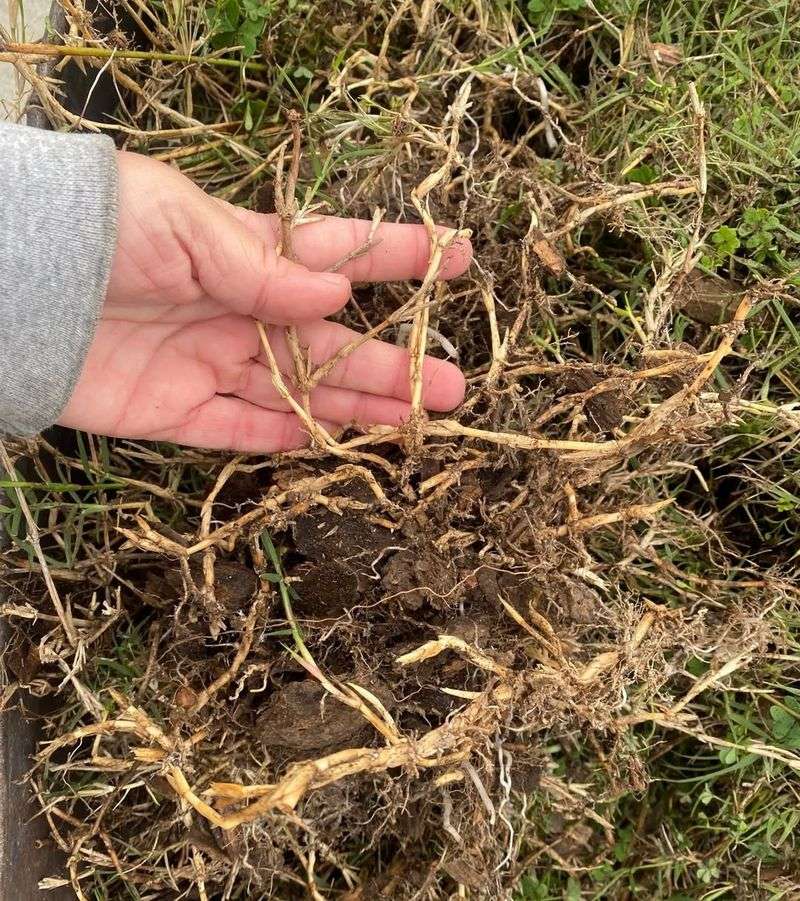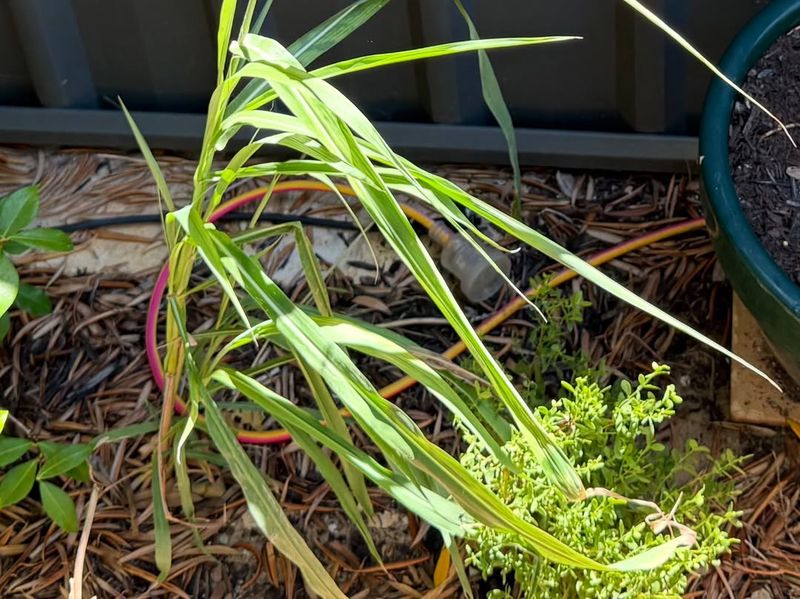Texas suburbs are facing a growing problem with invasive plants that threaten native wildlife and ecosystems. Some of these aggressive species spread so quickly they crowd out local plants and cost communities thousands of dollars in removal efforts.
Officials across the state are considering new rules to limit or ban the sale and planting of these troublesome species.
1. Chinese Tallow Tree
Originally planted for shade and fall color, this fast-growing tree has become one of Texas’s worst ecological nightmares. Birds spread its seeds everywhere, and before you know it, entire fields transform into dense tallow forests.
Native plants cannot compete with its aggressive growth. The waxy coating on its seeds makes them nearly impossible for wildlife to digest properly.
Many cities already discourage planting this species, and stricter bans may be coming soon.
2. Giant Reed
Standing up to 20 feet tall, this bamboo-like plant looks impressive but causes serious damage along rivers and streams. Its dense root systems suck up massive amounts of water, leaving less for native plants and wildlife.
Fire danger increases dramatically where giant reed takes over. A single plant fragment can float downstream and start a new colony miles away.
Removal costs Texas millions annually, making it a prime candidate for future restrictions.
3. Saltcedar
With pretty pink flowers that seem harmless, saltcedar hides a destructive secret. Each mature plant drinks up to 200 gallons of water daily, draining precious resources in drought-prone Texas.
Wildlife avoid nesting in saltcedar thickets because they provide poor habitat. The plant also increases soil salinity, making it harder for native species to return even after removal.
Water conservation concerns may push suburbs to ban this thirsty invader completely.
4. Japanese Honeysuckle
Sweet-smelling flowers make this vine seem like a garden treasure, but appearances can be deceiving. Japanese honeysuckle strangles trees and shrubs by climbing over them and blocking sunlight.
Once established, its underground runners spread rapidly through yards and parks. Native pollinators prefer local plants, so this invasive species offers little ecological benefit despite its blooms.
Garden centers may soon face limits on selling this aggressive climber.
5. Ligustrum
Found in countless Texas yards as hedges and privacy screens, ligustrum seemed like the perfect landscaping solution for decades.
Birds love the berries and spread seeds into natural areas, where dense thickets form quickly. These thickets shade out wildflowers and native shrubs that wildlife depend on.
The plant also triggers allergies in many people during blooming season. Several Texas cities already restrict new plantings, and broader bans could follow statewide.
6. Elephant Ear
Those dramatic, plate-sized leaves make elephant ear a popular choice for water gardens and shady spots. Unfortunately, this plant escapes cultivation easily and invades wetlands throughout Texas.
Dense colonies block waterways and prevent native aquatic plants from growing. The plant contains calcium oxalate crystals that irritate skin and are toxic if eaten.
Wildlife agencies worry about its impact on sensitive wetland ecosystems, prompting calls for sales restrictions.
7. Chinaberry Tree
Grandparents might remember playing with the golden berries from these trees, which were once common yard fixtures. Birds spread the seeds aggressively, and chinaberry now pops up in pastures, forests, and abandoned lots across Texas.
The berries and leaves are toxic to humans and livestock. Native trees struggle to compete with chinaberry’s fast growth and shade tolerance.
Many experts recommend adding this species to official invasive plant lists with planting prohibitions.
8. Nandina
Called heavenly bamboo despite not being bamboo at all, nandina decorates countless Texas landscapes with red winter berries and colorful foliage.
Those attractive berries contain cyanide compounds that kill cedar waxwings and other berry-eating birds. The plant escapes yards and establishes in forests, offering no food value for native wildlife.
Sterile cultivars exist, but many garden centers still sell the invasive original. Bird lovers are pushing for restrictions to protect local wildlife populations.
9. King Ranch Bluestem
Introduced decades ago as cattle forage, this African grass turned into a rangeland disaster. Livestock actually avoid eating it, preferring native grasses that provide better nutrition.
Dense stands of King Ranch bluestem crowd out wildflowers and create fire hazards with accumulated dead material.
The grass changes soil chemistry, making it harder for native plants to return after removal. Ranchers and conservationists alike support banning further planting of this problematic species.
10. Water Hyacinth
Beautiful purple flowers float on water surfaces, creating picture-perfect pond scenes that hide serious problems underneath. Water hyacinth multiplies so fast it can double its coverage in just two weeks.
Dense mats block sunlight, killing underwater plants and reducing oxygen levels that fish need to survive. Boats cannot navigate through infested areas, and swimming becomes dangerous.
Texas already restricts this plant in some areas, but comprehensive bans may be necessary to protect waterways.
11. Bermuda Grass
Wait, isn’t this the grass in almost every Texas lawn? Exactly, and that’s part of the problem when it escapes into natural areas.
Bermuda grass spreads through underground runners and above-ground stolons, invading flower beds, gardens, and native prairies. Its aggressive growth crowds out native wildflowers and grasses that support local insects and birds.
Some suburbs are considering restrictions on new plantings near protected natural areas. Alternatives exist that stay where you plant them.
12. Johnsongrass
Towering up to eight feet tall, Johnsongrass dominates roadsides, ditches, and abandoned fields throughout Texas. Farmers consider it one of the worst agricultural weeds because it reduces crop yields and is nearly impossible to eliminate completely.
The grass produces toxic compounds that can poison livestock, especially during drought stress. Its extensive root system makes mechanical removal extremely difficult and expensive.
Agricultural counties may push for stricter regulations to prevent its continued spread.

